The larval locomotion assay showed that an increase in caffeine also produces an increase in activity. I was surprised to find that the high caffeine vials (containing the human equivalent of 8 cups of coffee) did not result in dead flies, but live, active flies. The negative geotaxis assay (which tests adult activity) also provided results but not without obstacles. I had to change the gender that I used from females to males because I did not have enough females to complete the assay, but this also meant that I would not be able to use the data I collected the previous time to compare. Unfortunately, testing addiction did not come as easily. I was unable to gather data from the capillary feeding assay because the capillary tubes were too big. Most of the time that I was working with this assay, I was trying to figure out how the assay could provide more accurate data. Although these failures were frustrating, they helped me learn how to work through challenges and gave me a greater understanding about what I was testing. 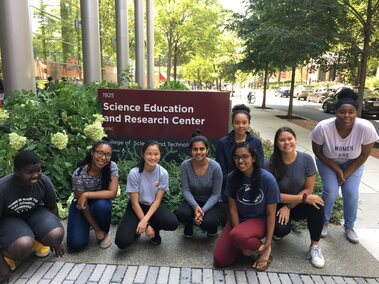 I am so grateful to have participated in TRIP this summer. Though it did include a lot of hard work, I am glad that this is how I chose to spend my summer. TRIP taught me how to overcome obstacles, various forms of communicating, how to manage my time, different ways of looking at and solving a problem, how to push myself, and what it is like to work in a lab. I was able to experience the joy of having an assay work out, but also work through struggles when another assay did not work. If you’re thinking about applying to TRIP, I highly suggest it. I loved the environment that it provided and all of the friends that I made. I was surprised that despite coming from all over and being of different ages, we were able to talk openly with each other about advice, troubles with our projects, and about common interests. Though we have only known each other for 5 weeks, it seems like I have known them for years. I entered TRIP thinking I was just going to do a project and learn about flies but I did not expect to leave with an understanding of how to work through failure, many applications that I can use outside of TRIP, and the opportunity to meet great people.
0 Comments
I set up 4 vials: one with no dye, and three with various colors (Red #40, Blue #1, and Yellow #5). When I tested the memory assay on all of these, the control larvae passed with flying colors (pun intended) while the color-fed larvae wandered towards the banana side and into the middle of the test plate. Given TRIP’s succinct schedule, there are many factors I am still eager to test, but I do not have enough time. I scaled down the maximum dose of dyes for children 2-5 y/o into a fly dose, but this measurement can be tweaked to test the effects of less/more dye in the diet. The specific dyes I used can also be switched out for other artificial dyes. I tested the effect on larvae, but adult flies may also have a reaction. I am also interested in more extensive neural effects that dyes may have, such as energy and aggression levels. TRIP Initiative has not only given me valuable learning experiences in a lab that I would not get in my typical classroom setting lectures, but has also given me an opportunity to explore research as a future career. Before TRIP, I did not see myself being interested in research at all-- I saw myself being in a career that only focused on healthcare. Although I still want to go into a healthcare profession, TRIP opened my eyes to incorporating research in my future scientific explorations and encouraged me to branch outside of my comfort zone. Overall, TRIP was an excellent, informative program that allowed me to independently focus on projects I found genuinely interesting.
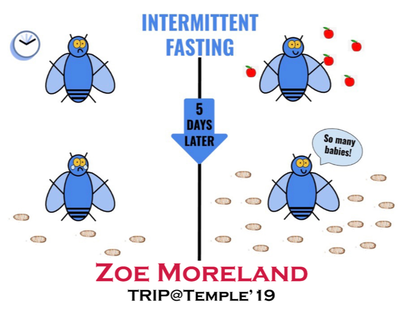 Throughout my experiment, I fasted my fruit flies every day and then conducted assays that allowed me to assess female fertility, embryonic viability, and overall health. At the end of my experiment, my data suggested that intermittent fasting negatively affect female fertility and decreased overall health. Although I was not necessarily surprised with this outcome, the process of doing research was exciting, and something I was able to do almost completely independently.
Through the social space assay, I measured how close the flies stayed to each other when allowed to move freely in a small chamber. My results surprised me: the flies in the control vial stayed the farthest apart, while those in both the less crowded and more crowded vials stayed closer together. This result ran counter to my hypothesis, and is quite surprising besides: apparently, the flies were least happy and sociable at a middle density. I am not sure why this result occurred, but my best educated guess was that the flies are comfortable when they have plenty of space, and therefore happier and more sociable. However, when placed in crowded environments, the flies become accustomed to crowds and choose to remain close together even when they’re able to spread out more.
Those are my results, but I’m sure you’re wondering how measuring fruit fly anxiety has any practical purpose at all. As I’ve mentioned before, fruit flies have emotions like humans do, so they are a valuable proxy for quickly gathering data to guide future experiments. Currently, millions of people live in crowded conditions around the world, from refugee camps to major cities, but only limited research has been done on what effects, if any, overcrowding has on the physical and mental health of those affected. Research in fruit flies could be used as a springboard to direct future studies into this potential public health concern.
These weeks have gone by quickly, but I’ll certainly make use of the skills and connections I made here for a long time in the future. Stay tuned for… well, for the next group of intelligent, talented students who will take up the TRIP mantle starting in the spring. They might not cram flies into tiny spaces, but they’ll find some equally interesting ways to experiment on hapless fruit flies. 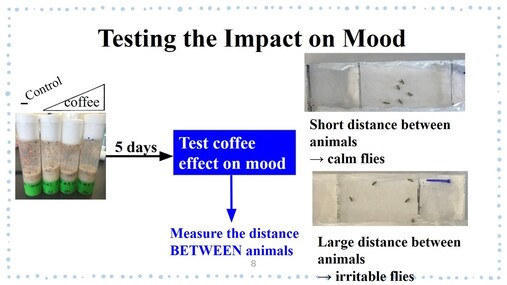 I dispensed a certain concentration of coffee into the fly food and let them consume it for 5 days before transferring them into different vials. Half of them stayed consuming coffee (my long term coffee consumption flies) and the other half were moved into vials with no coffee in the food (my short term coffee consumption flies). Eventually I move the other flies into vials without coffee in the food. I tested all of these conditions with the social space assay, which tests the mood and social interactions of the flies. I also tested the offspring of the original flies who had been consuming coffee their whole lives with the social space assay. I moved the offspring into new vials without coffee in the food also. I was ecstatic to do this experiment because many of my school peers drink coffee and have to drink it everyday or they feel they can’t function. Consequently, many of them want to stop, but they don’t want to go through coffee withdrawal, so I was curious how going through coffee withdrawal would affect someone’s mood. And if I had more time, I would’ve tested their activity as well. Participating in the TRIP program was an amazing experience. I learned so much in the 2 days a week for 5 weeks I experienced. I even conducted my own experiment! I did assays and analyzed data! It still seems crazy to me that I have learned so much to be able to accomplish that. I enjoyed this so much, and I liked sharing my experience with you all! |
Archives
April 2024
Categories
All
|
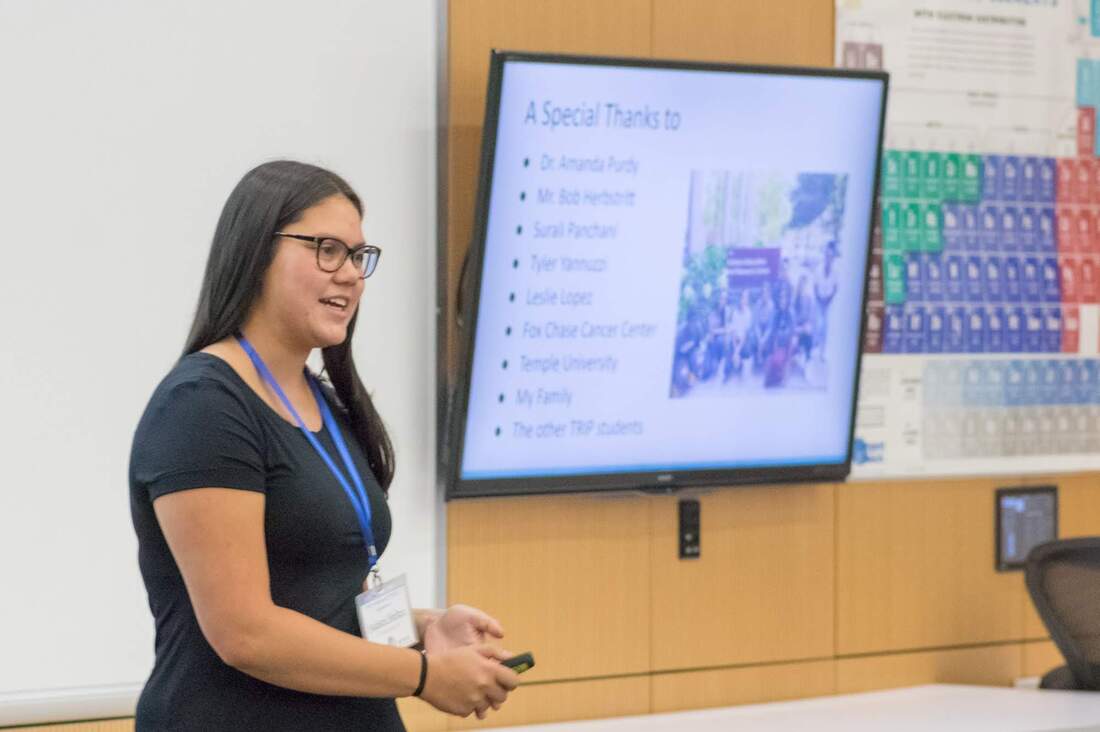
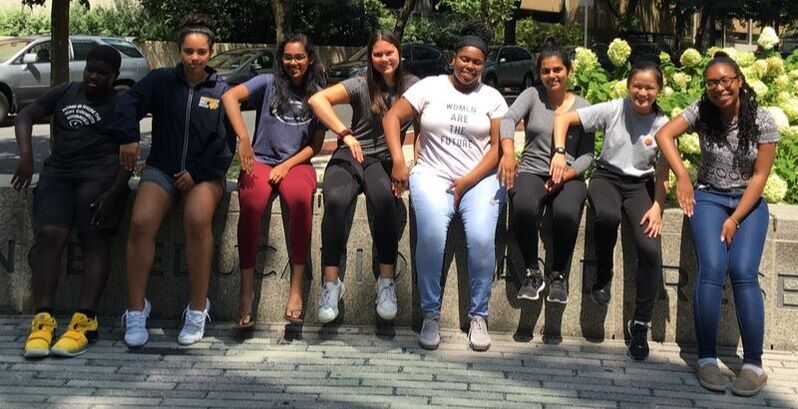
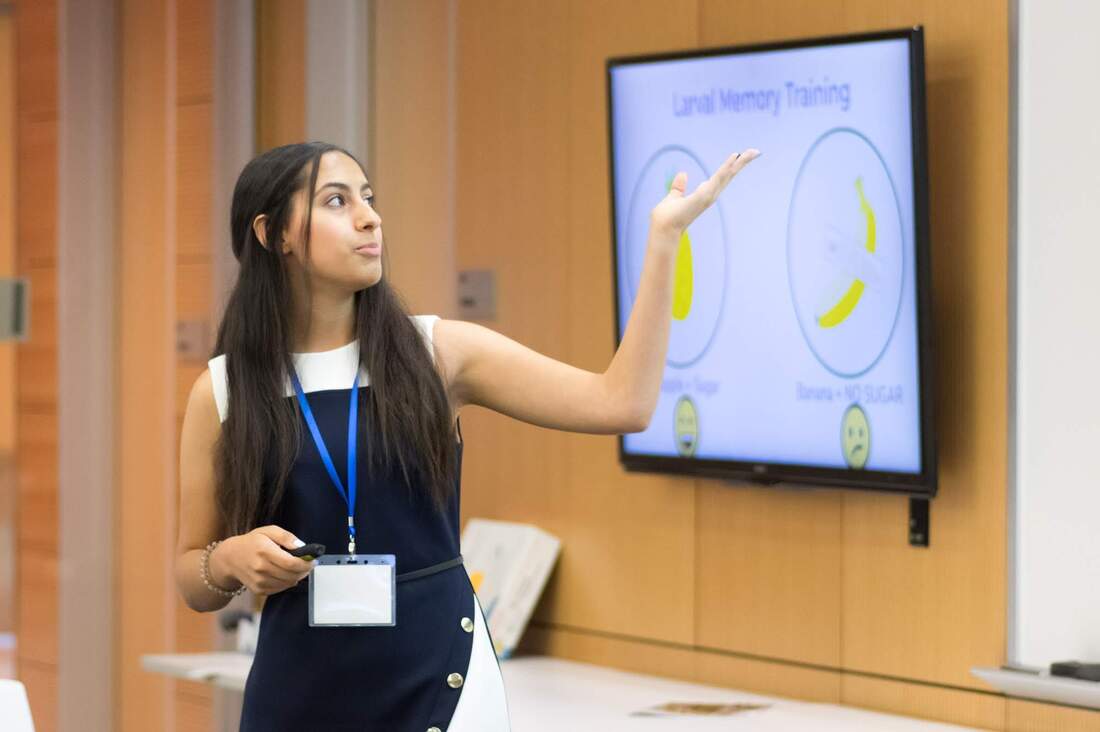
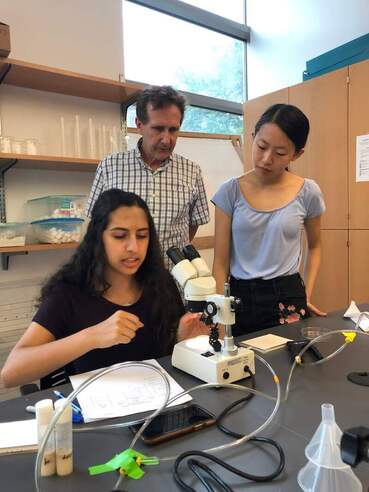
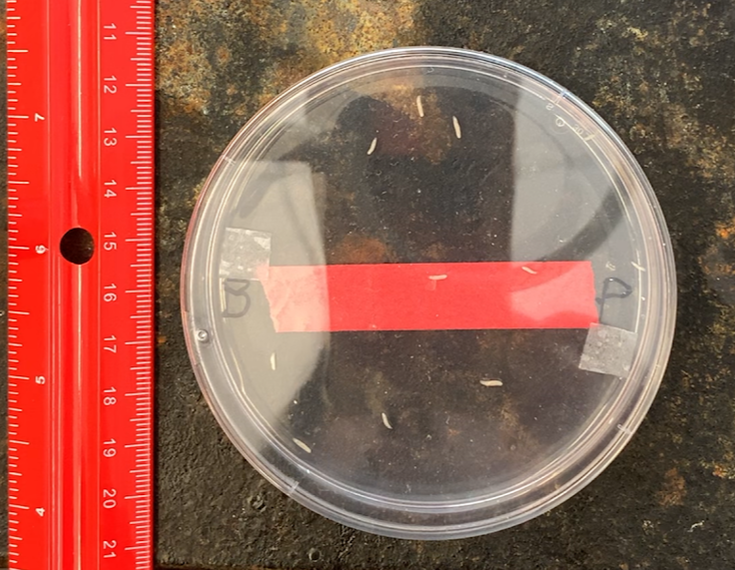
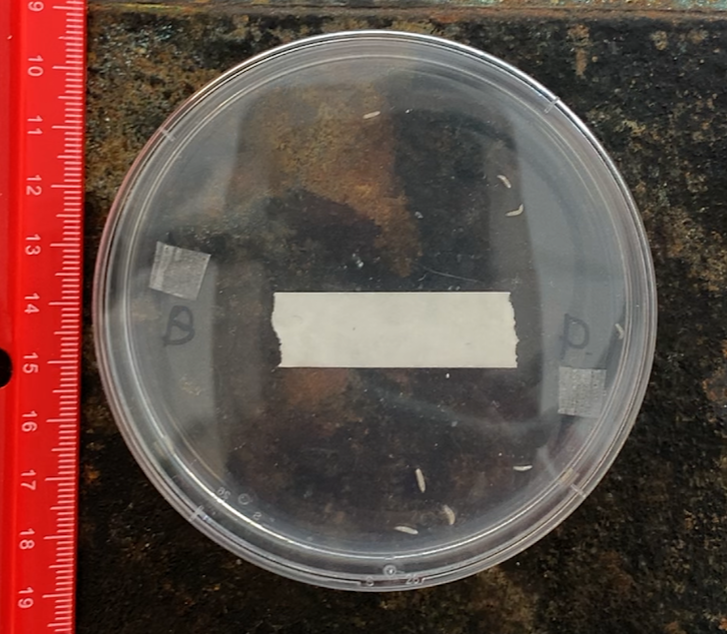
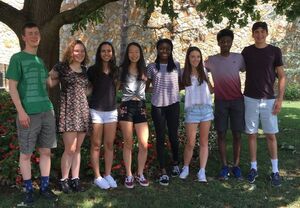
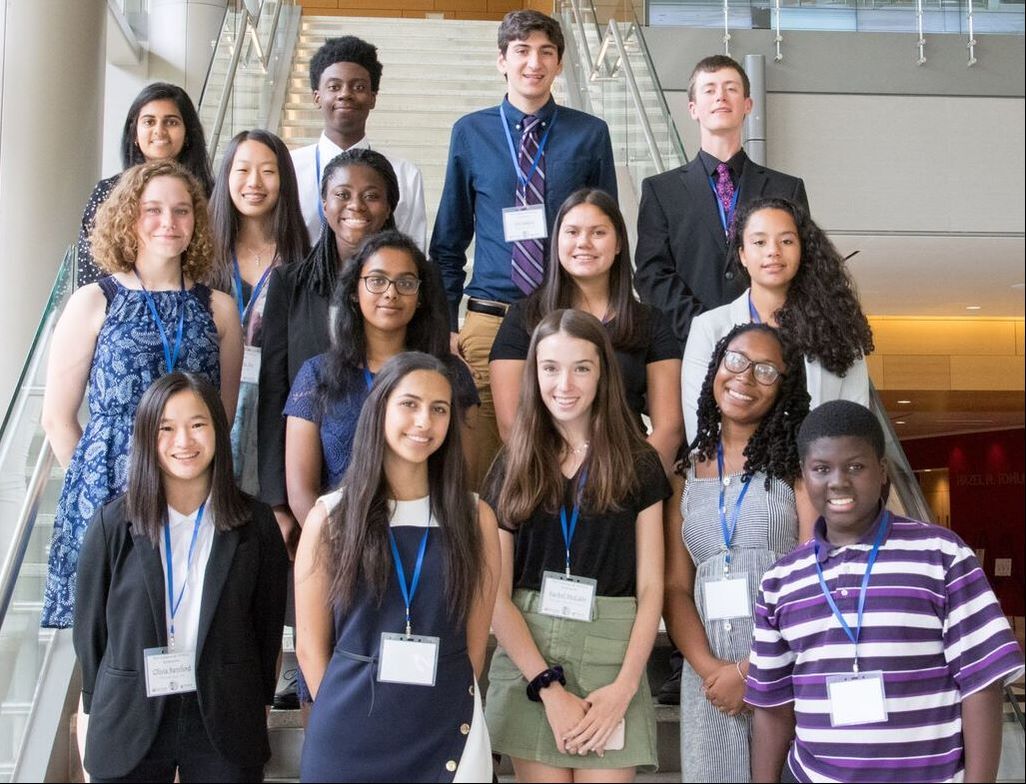
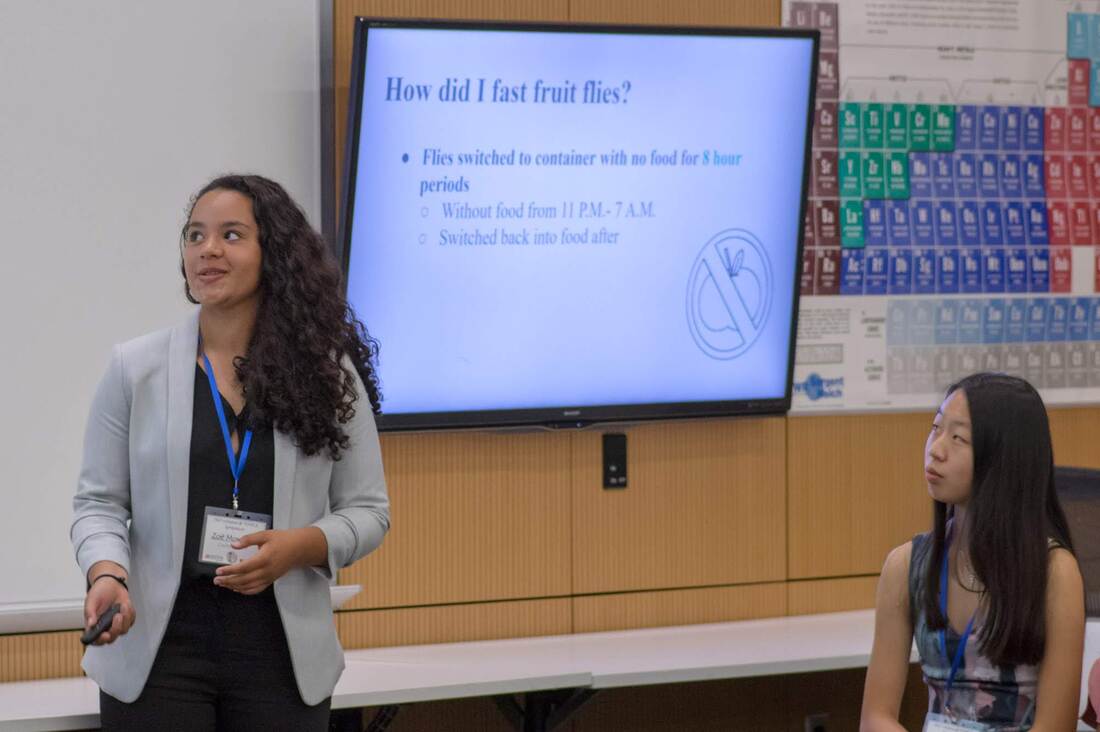
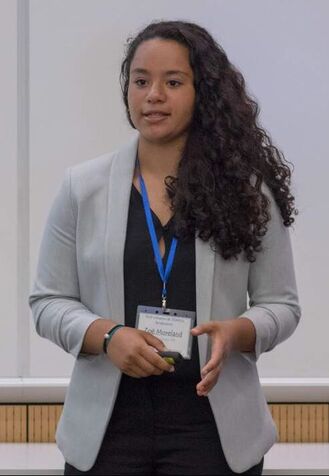

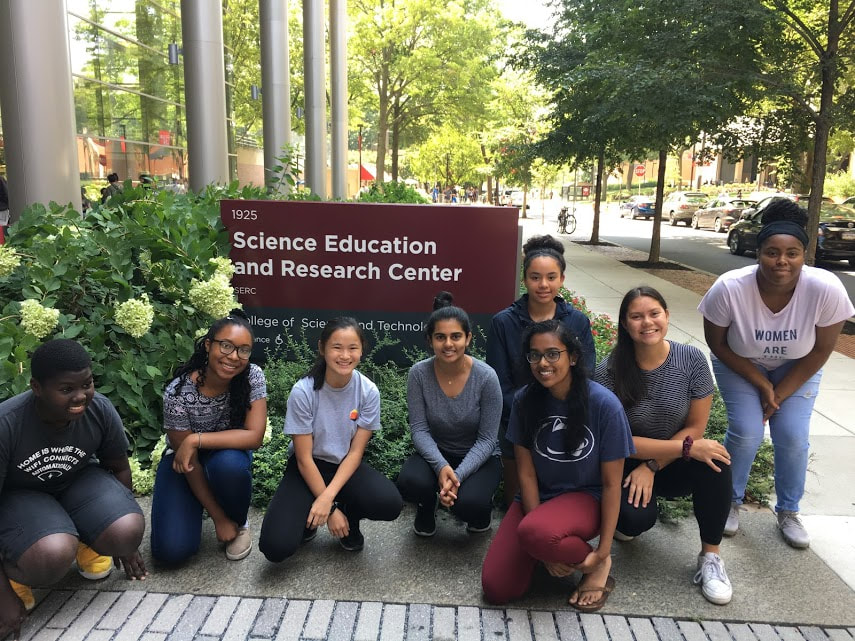

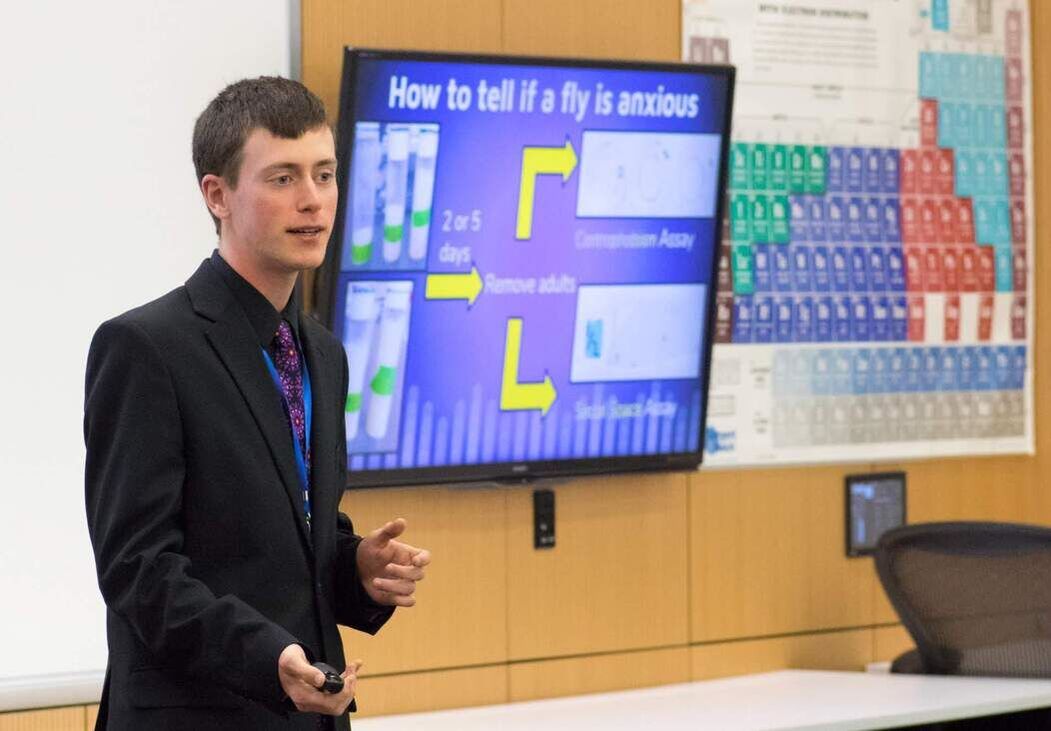
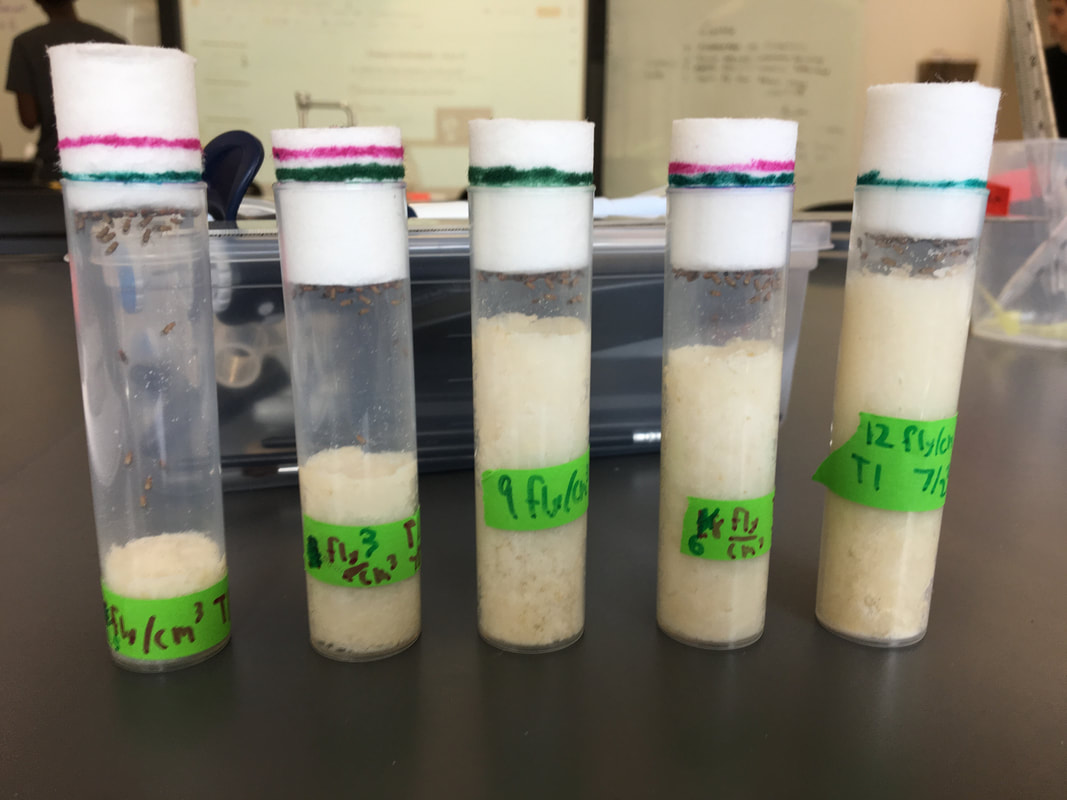
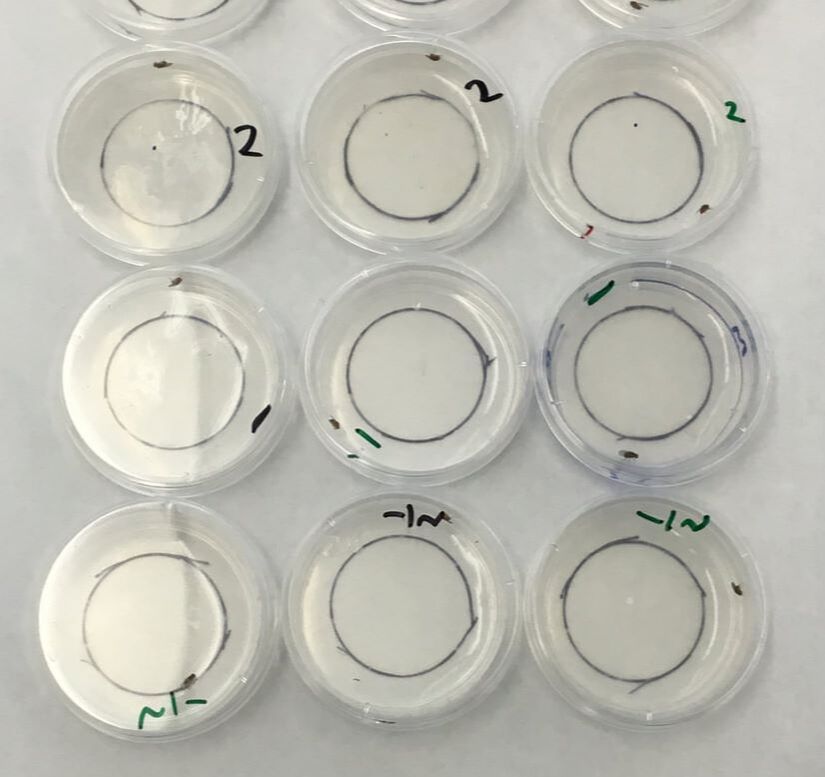
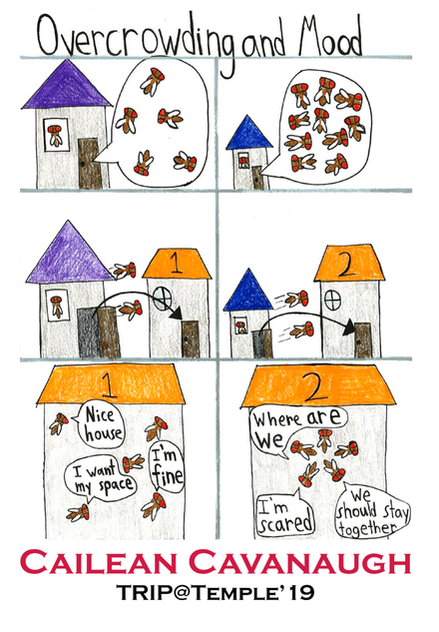
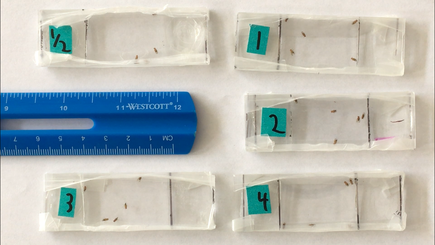
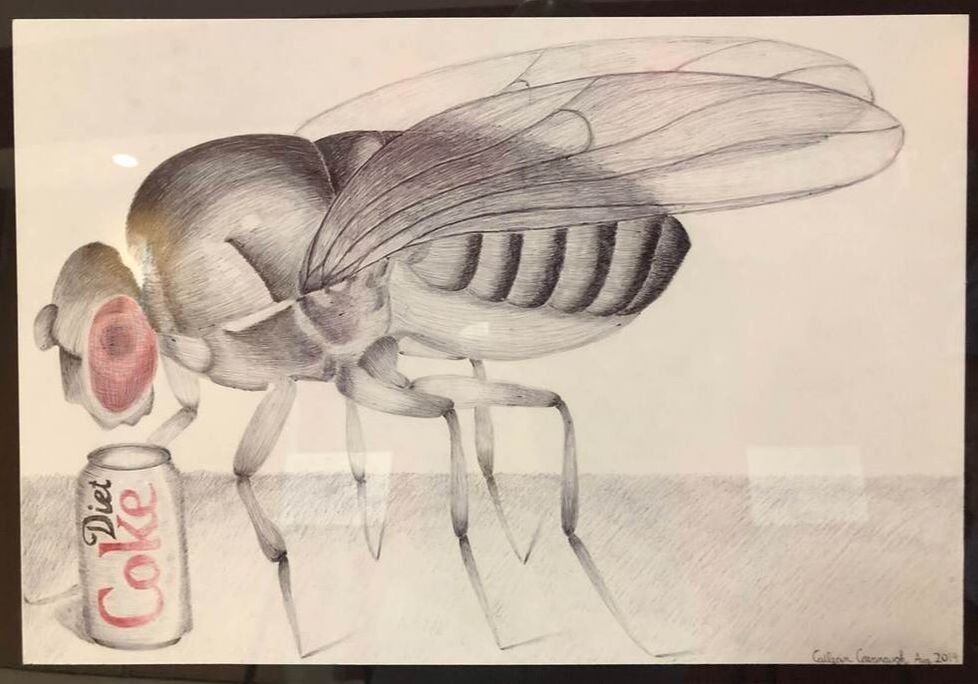
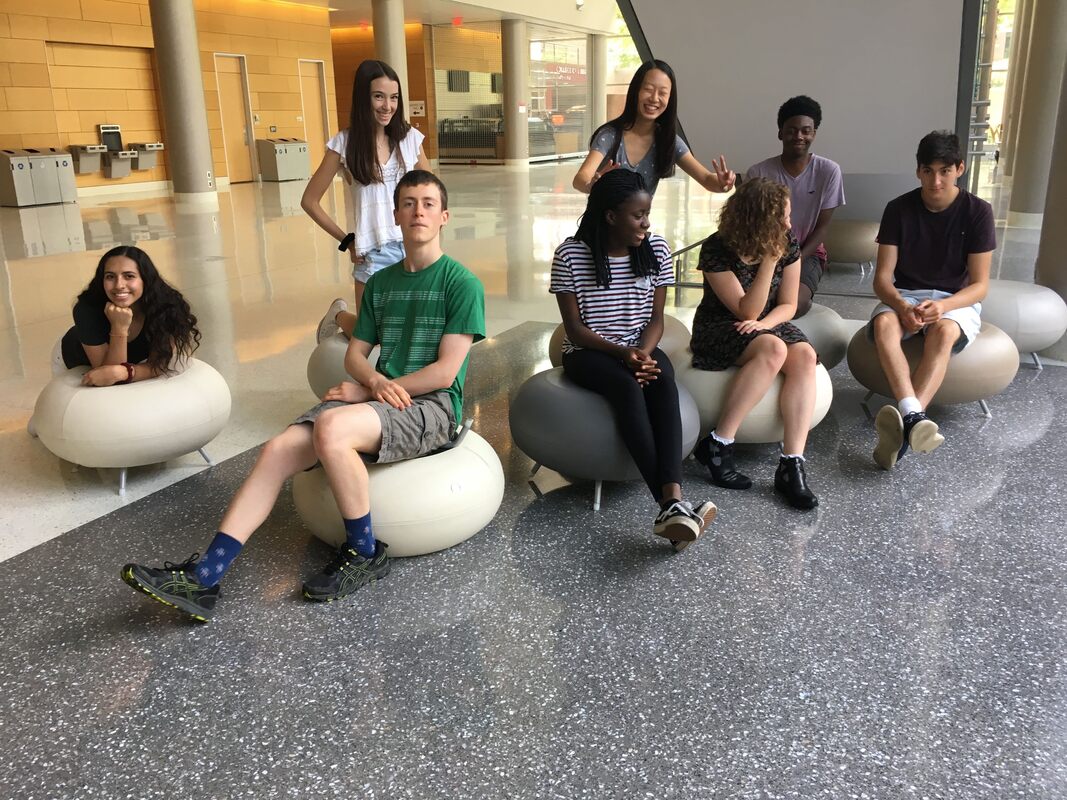

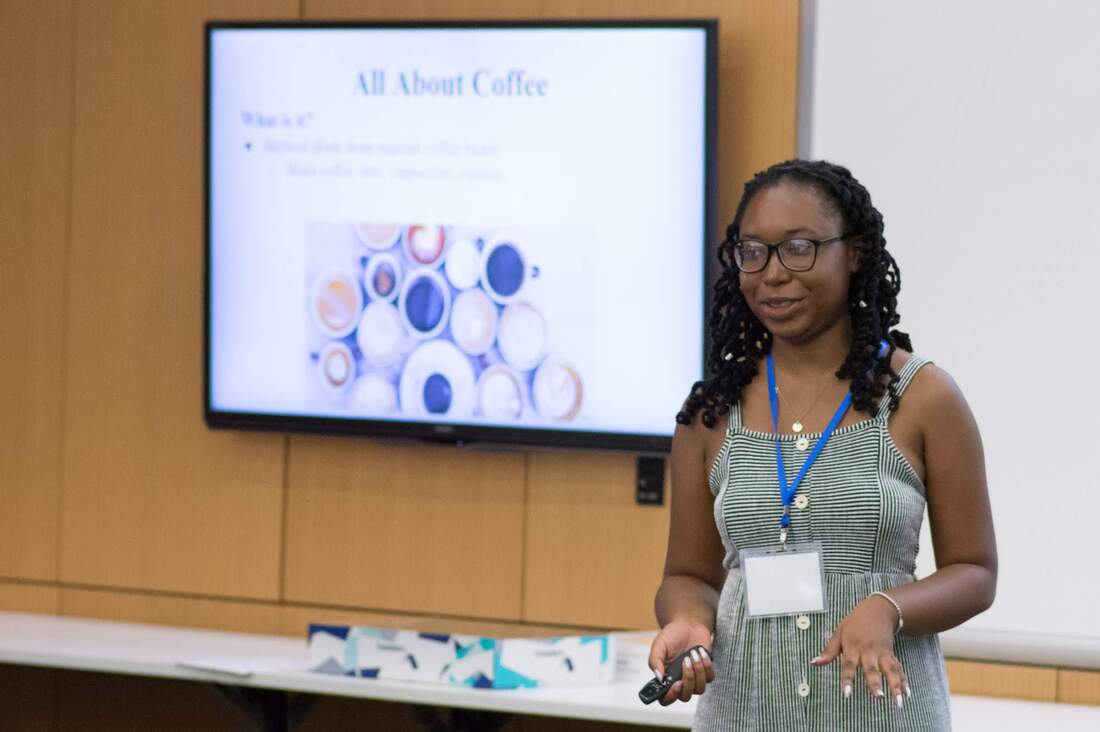
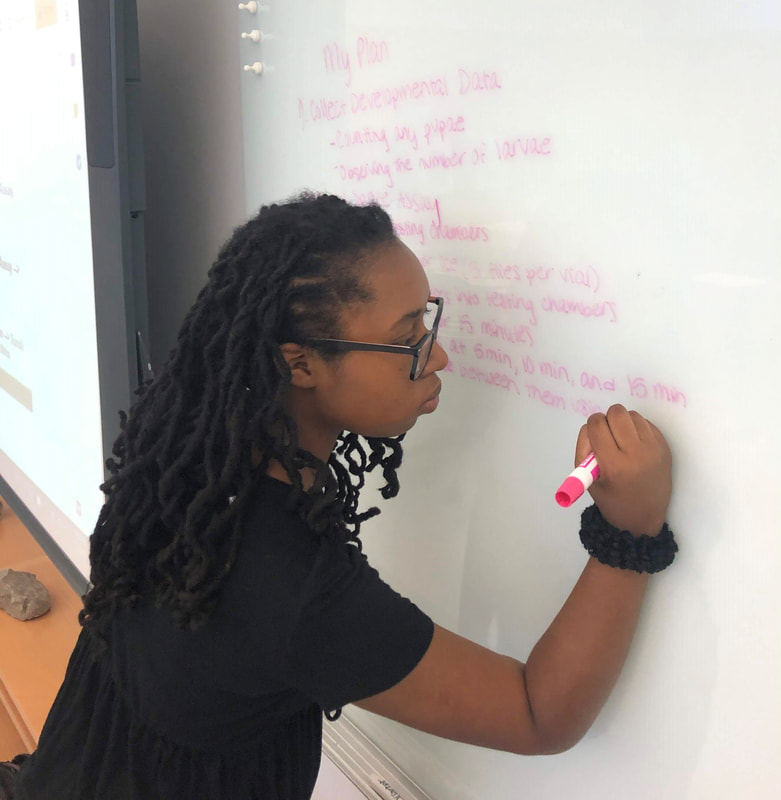
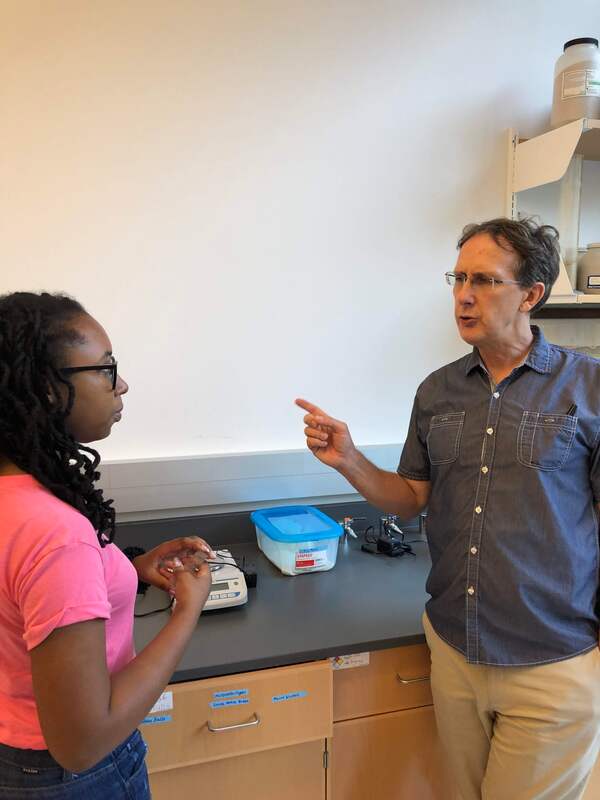
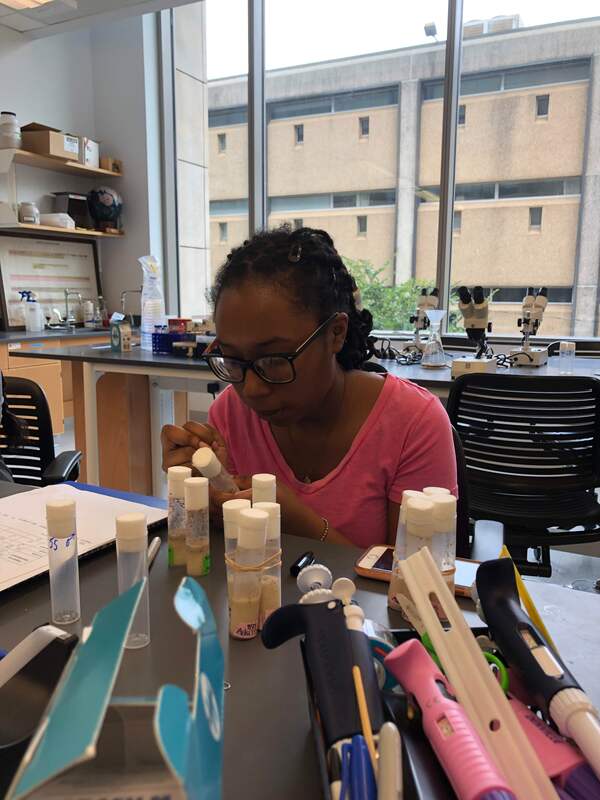
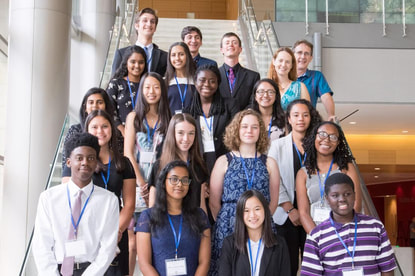

 RSS Feed
RSS Feed